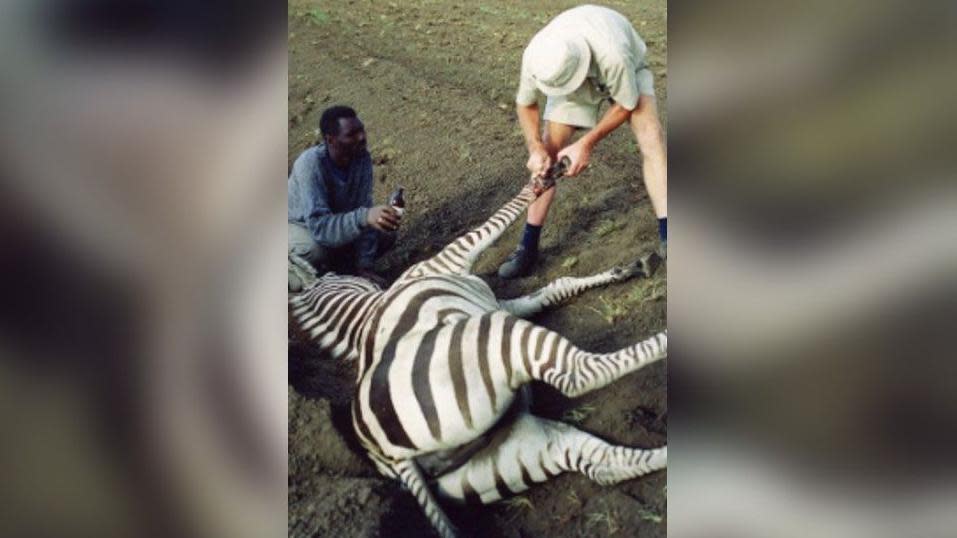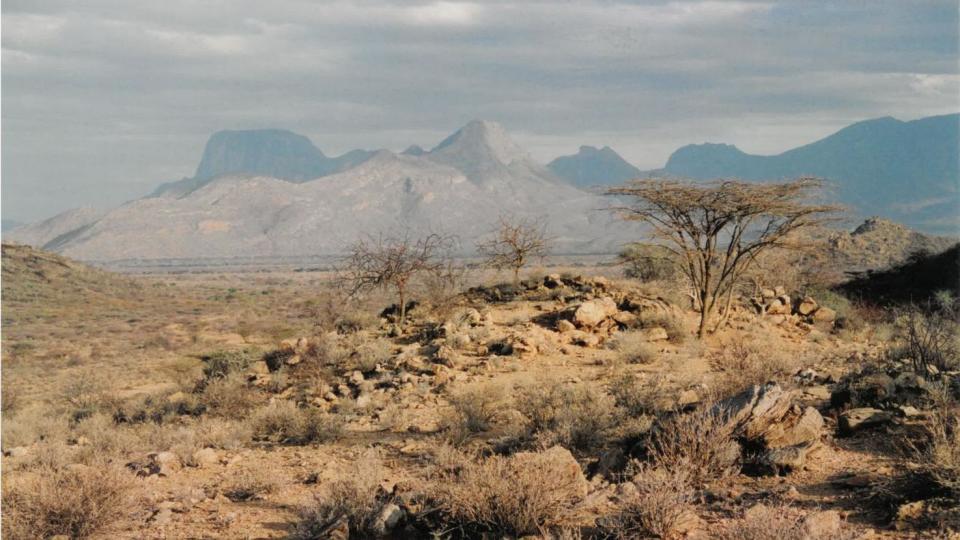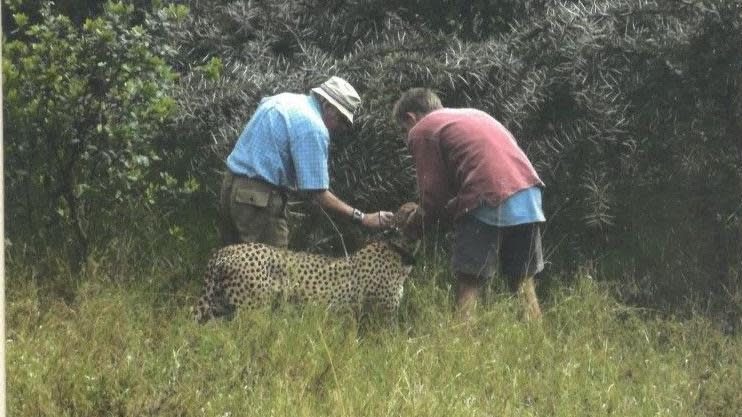
[ad_1]
A British vet who worked in Kenya for 55 years has recounted the time he went for “a pee”, only to see a lioness staring back at him.
Hugh Cran, who lives in Somerset and trained in Edinburgh in the 1960s, was also charged at by a wild elephant.
He said that every day was a challenge in the unforgiving environment of the Rift Valley, as he travelled miles on rough roads, performing impromptu surgery by torchlight with dirty water.
Mr Cran, who has now written a book, said: “I once got out of the car to pee and saw a lioness peering at me through the bush.”
But he said the experience only sought to encourage his passion for working in the country.
Mr Cran, from Castle Cary, had answered an advert to be an assistant vet in the Rift Valley shortly after finishing his training.
He covered a 100mile (160km) radius of untarmacked roads in the course of his daily work.
“I had darting equipment so I was called out to dart zebras which had been snared, or injured lions or cheetahs which had a broken leg or jaw,” he said.
“The distances were so great you couldn’t nip back to the surgery and out again, so I used to carry everything in my car for any possible emergency.”
He said over the years he had “many chance encounters”.
“I was threatened twice; on one occasion I was charged by an elephant on the top of a mountain,” he said.
“When that happened you had no time to do anything except get out of the way.”
The second was his close call with the lioness.


Mr Cran said his interest in Africa had been sparked at an early age.
“I was always very keen on reading about Africa; King Soloman’s Mines, that sort of thing, and I always wanted to work in the Tropics,” he said.
But when he took the job in Kenya he had no idea how long he would end up there.
“I intended to stay to test the waters for a year or so but ended up staying rather longer,” he added.


As a young vet he quickly had to adapt to the very different working environment from that he was used to.
“Frequently I’d go into my surgery in the morning and turn on the taps, and there was no water,” he said.
“I’d turn on the switch, and there was no electricity. Sometimes in the middle of an operation, say at night, the power would somehow stop.
“Vets in this country would probably be appalled, but I think the results were just as good as they would be if you had all the equipment which one gets in this country.”
A stunning encounter
On one occasion Mr Cran was asked to help a crew filming a flock of pelicans with the help of a microlight aeroplane.
He said it was a stunning encounter he has never forgotten.
“They were trained to follow the microlight in formation as if it was one of the flock, they were so tame and trusting,” he said.
“If the plane dropped back another bird would take its place as part of an extraordinary interaction.
“They were wonderful, wonderful birds.”


Mr Cran kept diaries of his experiences and has used them to spark the memories he has retold in his book.
Rift Valley Fever, which is named after a disease spread by mosquitos affecting humans and livestock, was published on 25 April.
Follow BBC Somerset on Facebook and, X. Send your story ideas to us on email or via WhatsApp on 0800 313 4630.
[ad_2]
Zita boo
You better be careful